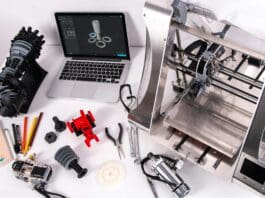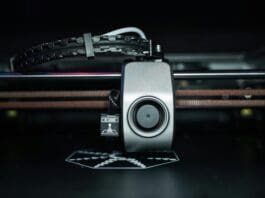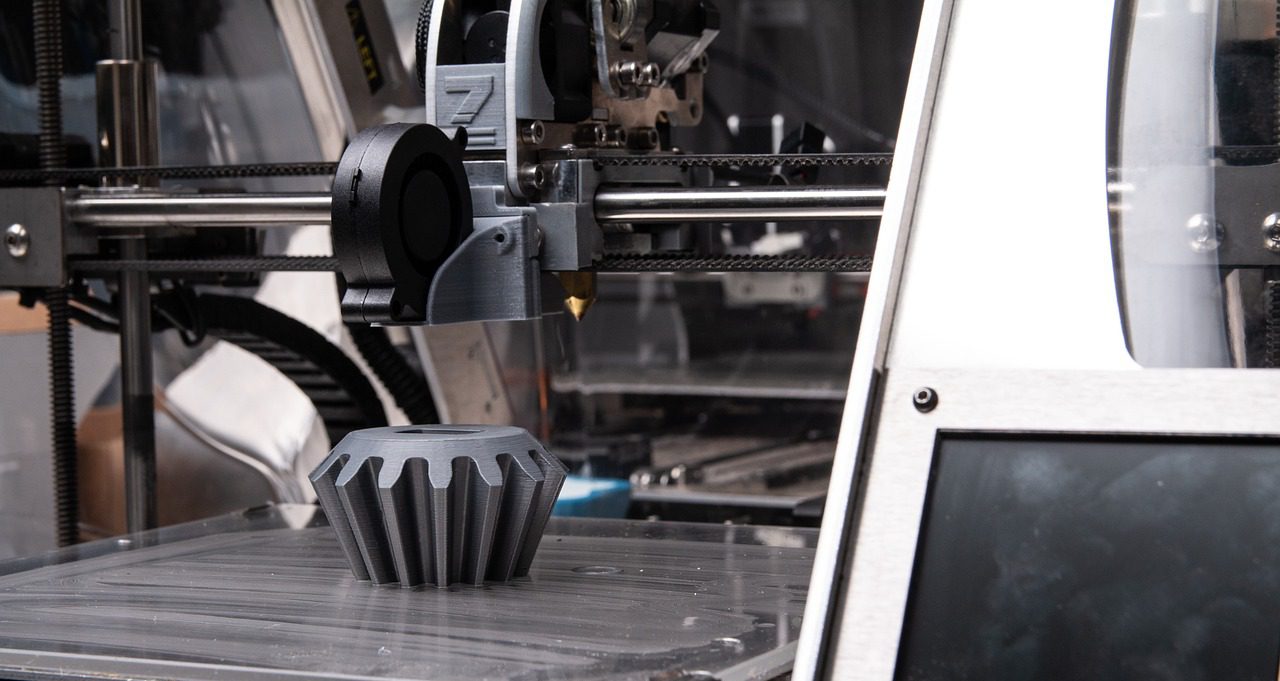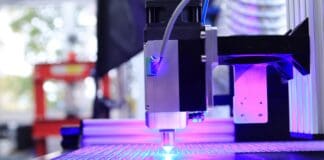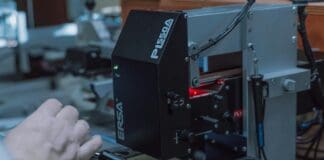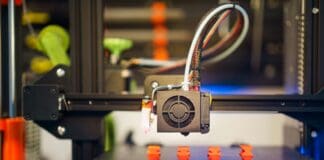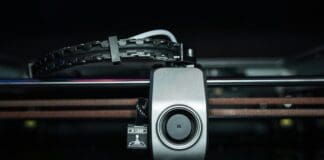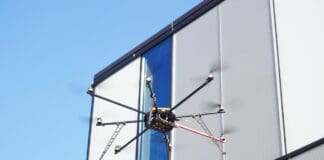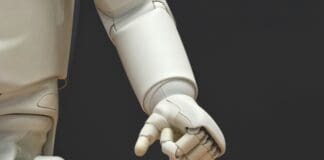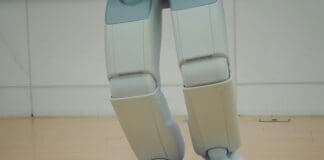New 3D-Printed Fuel Cell Offers Lightweight, Durable Power for Aerospace and...
Researchers at the Technical University of Denmark (DTU) have developed a new type of solid oxide fuel cell that significantly reduces weight and complexity,...
Army Expands Battlefield Use of 3D Printing to Speed Up Repairs
The U.S. Army is shifting its approach to battlefield logistics by expanding the use of 3D printing for rapid equipment repair. Under a new...
3D-Printed Rocket Engine Reaches Milestone in Test
Firehawk Aerospace, a Texas-based innovator in advanced rocket propulsion technology, has successfully completed its first flight test of a 3D-printed hybrid rocket engine system....
New Titanium Alloy Promises Stronger, Cheaper 3D-Printed Components
Royal Melbourne Institute of Technology (RMIT) Researchers have developed a titanium alloy specifically designed for 3D printing, addressing two long-standing challenges: high material costs and...
New 3D Printing Technique Embeds Forensic Fingerprints into Printed Objects
Researchers have developed a novel method for embedding traceable data directly into 3D-printed parts, a development aimed at curbing the misuse of additive manufacturing...
Navy Pushes Boundaries with On-Site 3D Printing for Battlefield Logistics
The U.S. Navy is exploring the future of battlefield logistics through advanced 3D printing technology that allows for the on-site creation of critical parts....
3D‑Printed Space Fuel Tanks Survives Extreme-Condition Tests
A recent milestone in additive manufacturing was achieved by researchers at the Korea Institute of Industrial Technology (KITECH): a large titanium space fuel tank,...
Researchers Develop Improved Method for Predicting Strength of Lightweight 3D-Printed Parts
A new research effort is offering a clearer picture of how lightweight 3D-printed components perform under stress, with the potential to improve reliability and...
The 3D Printer that Converts Food Waste into Everyday Objects
A new 3D printer developed by MIT's researchers is offering a novel solution to tackle food waste by converting scraps into functional objects. The...
Student-Built Drone Showcases Seamless Air-to-Water Capability
A new hybrid drone developed by engineering students at Aalborg University in Denmark demonstrates a rare and fluid transition between flight and underwater navigation—showing...
New 3D Printing Method Combines Soft and Hard Materials in a...
A new 3D printing technique developed by researchers at the University of Texas at Austin could change how engineers and designers manufacture complex objects...
Tiny 3D Printer Prints Objects Using Light
A major leap in photonic technology may soon transform how and where we manufacture 3D objects. Researchers at MIT have unveiled a small photonic...
The 3D Printed Skin for Soldiers
A newly formalized research partnership between the U.S. Army’s Combat Capabilities Development Command Chemical Biological Center (DEVCOM CBC) and the University of Hawaii System...
INNOFENSE Call for startups – Dual-Use Technologies:
Following the immense success of the previous cycles and their integration into the defense sector, iHLS invites you to join the sixth cycle of...
Military Invests in Advanced Metal 3D Printing to Accelerate Vehicle Part...
A new research facility in Illinois is set to transform how the U.S. military produces critical components for ground vehicles, harnessing large-scale metal additive...
The Low-Cost, 3D-Printable Open-Source Humanoid Robot for Research and Education
A new open-source humanoid robot, the Berkeley Humanoid Lite, has been introduced by the University of California, Berkeley, offering an affordable and fully customizable...
Upcoming Exercise will Test 3D-Printed Drones for Electromagnetic Threat Detection
The U.S. Army is expected to conduct a military exercise this month in Poland to evaluate the operational potential of 3D-printed drones equipped with...
Construction Drones: Flying Robots Could Build Skyscrapers
Researchers from the UK have proposed a groundbreaking idea where flying robots could be used to construct skyscrapers. This concept is built on an...
3D-Printed Hydrogels: A Breakthrough in Radiation Shielding for Space Exploration
Space travel exposes astronauts to a unique set of challenges, one of the most dangerous being cosmic radiation. While Earth's atmosphere and magnetic field...
New Soft Joint Technology Enhances Robot Adaptability and Safety
Researchers at Universidad Carlos III de Madrid (UC3M) have developed a cutting-edge soft joint model that promises to significantly enhance the versatility, robustness, and...
Revolutionary Soft Battery Could Reshape Future Electronics
Researchers at Linköping University have unveiled a groundbreaking development in battery technology—a soft, fluid-based battery that can be molded into any shape, opening up...
AI-Powered Platform Turns Words into Working Robots
A new platform is pushing the boundaries of robotics design by transforming natural language into functional, 3D-printable robots, with no engineering expertise required. Developed...




